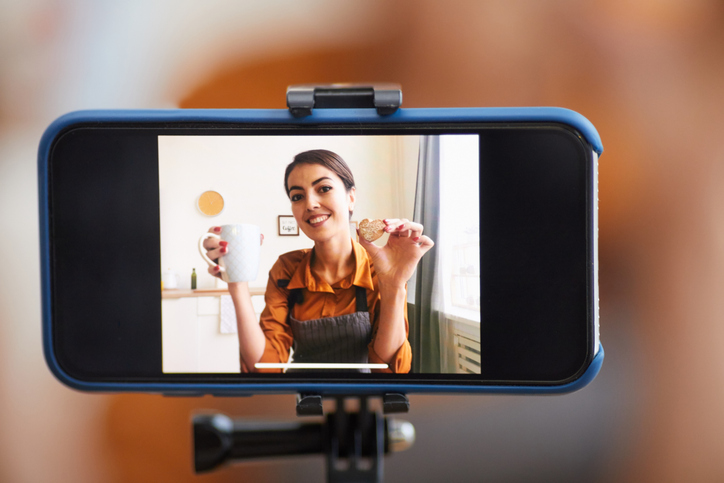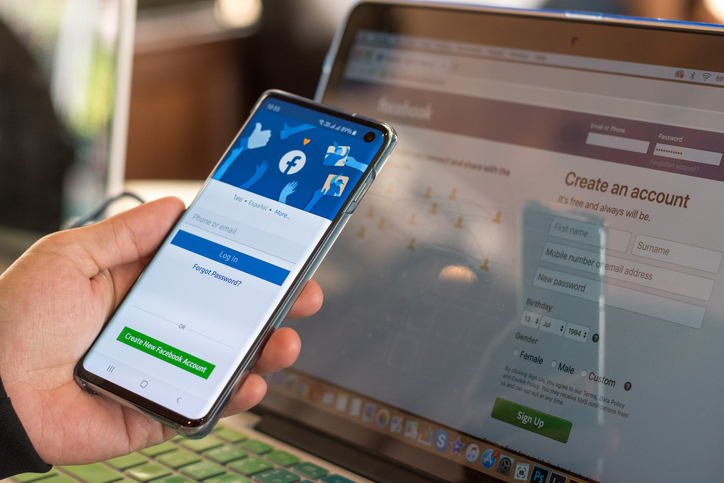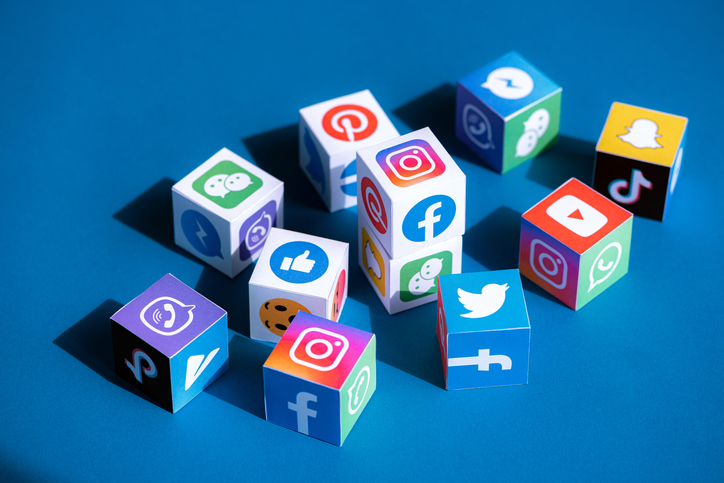Quick Navigation
Remember that cool kid growing up who always had the latest fashion? Remember how all the other little kids wanted to be just like them? In a sense, this is comparable to influencer marketing. Here we explore this marketing phenomenon and share tips to help you find influencers for your brand.
What Is an Influencer?
An influencer is a public-facing individual who has the reputation and power to sway others’ buying decisions. You most commonly see influencers on Instagram and other social media sites. These are content creators who make their lifestyle or interests their own personal brand. By gaining a large number of followers who are interested in their personal brand, they can influence followers to buy the products or services the influencer posts about. Essentially, influencers make their money by posting paid content; however, some emerging influencers will also do sponsored posts for free or discounted products from brands.
Many brands partner with influencers to create an authentic marketing approach. Similar to how someone might trust a recommendation from a friend, influencer marketing plays upon this sense of trust. In fact, 4 in 10 millennial followers say their top influencers understand them better than their friends. Oftentimes, an influencer picks a niche interest, hobby, or lifestyle to base their social media presence around. For instance, someone living in an RV could showcase a simple living lifestyle. They may partner with outdoorsy brands for their sponsored content since these are the type of products their audience is interested in.

Image via Unsplash by kate_torline
What Are the Different Types of Influencers?
Influencers can be broken down into a variety of categories. Here are the main types of influencers your brand may be interested in partnering with:
Number of Followers
- Mega-influencers — Over one million followers on at least one platform. These are typically celebrities who acquired their fame offline, such as athletes, actors/actresses, and TV personalities.
- Macro-influencers — Between 40,000 to one million followers on a single platform. They typically consist of B-list celebrities or internet savvy content creators.
- Micro-influencers — Between 1,000 to 40,000 followers on a single platform. They are “normal” people who built their following online. Oftentimes, they are known for their lifestyle niche or knowledge in a particular area.
- Nano-influencers — Fewer than 1,000 followers. Since they tend to be highly knowledgeable about a particular subject, they have highly devoted followers.
Type of Content
- Bloggers — Produce written content about a particular subject. They often engage closely with followers, writing about topics based on their interests and feedback.
- Podcasters — Achieve a large following of listeners to their podcast
- YouTubers — Produce videos for YouTube on a specific topic or subject. Many influencers simply vlog about their lives.
- Social media posters — Oftentimes, the three types of influencers above also fit into this category. By sharing their content on various social media platforms, they can better engage with their fan base. However, there are also influencers who strictly post on social media and do not produce their own content outside of these platforms.
What Metrics Are Used to Elevate Influencers?
When using influencer marketing, use these metrics to measure your return on investment:
- Visibility — How many people are actually seeing an influencer’s posts? Look at things like views, visits, and follower demographics.
- Revenue — Track your influencer marketing efforts by giving them affiliate links to share. This way, you can count how many of your sales are a result of the posts they share.
- Engagement — Are people excited about the content an influencer is sharing? Likes, comments, and shares are all important metrics to look at.
What Are Best Practices in Selecting Influencers to Partner With?
Follow these best practices when it’s time to find influencers for your brand to partner with:
- Know your target audience — The types of influencers you choose will be directly based on your target audience. Before sending an influencer free merchandise or signing a contract, make sure your target audience is a part of their fan base. For instance, through marketing research, you may find that your target audience tends to read blogs more than they listen to podcasts. This means you need to find a blogger who covers topics relevant to your brand.
- Make sure their followers are real — Now that influencer marketing has grown to be a huge, lucrative industry, there are some bad players looking to game the system. One way they do this is by purchasing their followers. This essentially means their followers consist of bots and fake accounts. Be wary of these fake influencers since no real people will actually see your brand’s products or services. Before partnering with an influencer, do some research to see if they have a real following.
- Create authentic branding — Pick influencers who are actually going to use your product. Followers can see through overly sales-y posts. You want to make sure your influencer’s followers will actually find value in your products or services. Let your influencers tell their audience about your brand through their own words.
- Invest in multiple influencers — Reach more people by partnering with more than one influencer. Just make sure to not go crazy with how often you ask them to post, or their followers may experience brand fatigue. Find influencers who have achieved a sweet spot between original and sponsored content.
- Choose influencers who know about your offerings — The best way to create authentic marketing is if your influencer truly loves and understands your product. Send them samples so they get a true understanding of what you have to offer. If you notice an influencer is already giving your brand shout outs, they may be a good person to contact. Try to find such posts by searching hashtags with your brand name in them.
Although influencer marketing may have reached its peak, it is still an effective marketing strategy for many brands. By being selective when finding influencers, you can find your next effective brand ambassador.
Knowledge Base: Social Media Marketing



